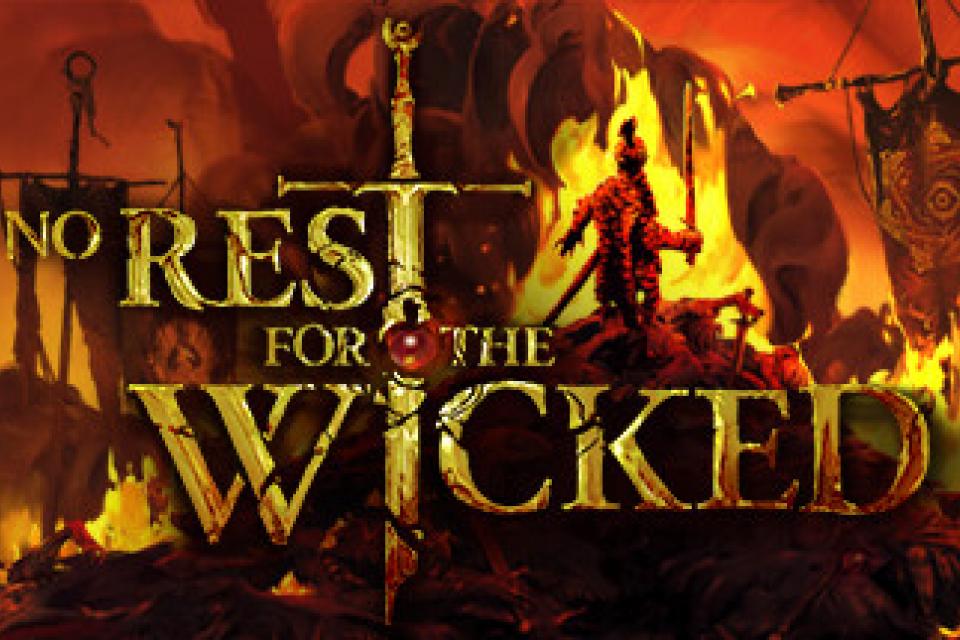

Ever wondered why console manufacturers spend more than half their marketing and publicity budgets during the run-up to christmas? The figures listed below will give you a rough idea. It's the season to be jolly and why shouldn't we? Console prices have been reduced greatly, bundles (with bonus games or connectivity packs) make the deals even sweeter and the selection of content for our purchases is greater than ever before and expanding. You can find all the facts and figures you need about PlayStation 2 below or you can go directly to holiday season facts and figures by following the link at the bottom right of this page.
First things first, how is it that the console which really doesn't belong to the next generation of consoles i.e. oldest and least powerful (even though the definition of console power is a matter of debate), is widely recognized as the leader in the field?
The answer lies in the facts and figures story of Sony's PS2.
It was almost six years ago when Sony took the surprising decision to dive, head first, into the world of console gaming. At the time, most so-called experts were quick to dismiss Sony's effort as a foolish venture into a world dominated by Nintendo and Sega. The PlayStation console hit the U.S. in 1996 and immediately faced low sales and general doom and gloom. Top Sony executives were falling like elderly, intoxicated flies and no quick fix could be found to pull the company out of its misery.
It took all of Sony's determination and the support only a giant like Sony could provide to turn things around. It was not easy and it definitely was not quick but Sony pulled it off and did so in a sensational way. The launch of PlayStation 2 in 2002 firmly established them as the leaders in console gaming and their continued overall success as a company has meant that they have been able to clinch the big deals which lead to an impressive amount of content available for their product.
The Numbers of Success
In order to better understand the dominance imposed by Sony over the console gaming world, a close examination the extent of the company's lead is required. The PS2 retails for USD 199 and its parent company controls almost 60 per cent of the total of the console market. How big is that market? Last year the console game market reached an astonishing USD 9.3 billion in U.S. sales. That is more than the money made by the sale of movie tickets in the U.S. over the same time period.
So how important is the PS2 to Sony? The console has been solely responsible for generating 53 per cent of Sony's profits last year. Sony Computer Entertainment America (SCEA) is responsible for the greatest part of that profit figure and its executives have now become some of the most influential people in the business world and especially in Hollywood. With movies based on games becoming more popular, console manufacturers are slowly evolving into movie moguls as well.
Part of this continuing success is due to the changing face of the gamer. When PS1 was launched the typical console gamer was a 19-year-old male who played sports games, driving games, and simple games like Nintendo's Super Mario games. Today, that same gamer is still playing but at the same time a new group is also being introduced to the wondrous world of console gaming . The average console gamer is now 23 years old (and expected to be 27 by 2005). Sports games like EA's Madden NFL and driving titles like Sony's Gran Turismo are still selling millions of copies. But the market has truly exploded, extreme-sports titles like Activision's Tony Hawk Pro Skater, movie based games such as EA's Lord of the Rings, and shoot-'em-ups like Take-Two Interactive's controversial Grand Theft Auto: Vice City, all sell in the millions. All of these games are targeted at teenagers and adults, todays average gamer, all cost about USD50 each and all run on PlayStation. Today about one out of three U.S. households owns a PlayStation.
These impressive statistics seem to show that Sony have become invincible. The company however, can't afford to get cosy and gather its executives round the christmas tree in order to read these figures out to them. At least not at a time when console gaming has reached its most competitive phase since a young mr Pac-Man downed his first purple, flashing pill. Not when Nintendo are still going strong. With a hardcore fan base already well established, Nintendo keep reaching new gamers, partly due to the fact that they do offer the cheapest next-generation console and partly through their ability to tranfer owners from the GBA to the GameCube, after all they dominate the handheld market.
Another reason Sony can't relax and enjoy the loneliness of the top is the fact that Microsoft's XBox is looming in the shadows. Still facing problems, much like Sony did at their launch and still losing money, XBox is not a force you can dismiss. Microsoft have repeatedly demonstrated their determination to stand by their console and have put their money where their mouth is in various attempts to secure content for their box. In many ways Microsoft are doing what Sony did 6 years ago. This time however, Sony are the big boys and Microsoft are the foolish power challenging the status quo.
Christmas holiday season sales are always important. Everyone from the movie industry to your local supermarket depend on good holiday sales.
This particular holiday season however, is even more significant for console manufacturers. If the last holiday season was launch season and consumers rushed to buy, high on the hype, this time round, both manufacturers and consumers have something to prove.
Manufacturers have to demonstrate that their product was not just a bright light in the sky but was indeed the actual star and also that they have learned from the past year and have made the right moves in order to secure their place in the, extremely competitive, video game market.
Consumers, on the other hand, have to demonstrate their ability to filter out the noise, produced from excessive publicity budgets, and display their ability to overcome the primal urge to buy All Three.
In a market now worth more than USD 20 billion a year globally, the three main competirors are becoming aggressive. About 40 per cent of all games consoles are bought in the final two months of a year, so this season is the ultimate chance for someone to shine. All of the companies involved are reporting increased sales, in Europe PS2 sales are up by 39 per cent, Xbox sales up 42 per cent and GameCube sales are also up by 27 per cent.
Although three strong consoles currently exist, PS2, GameCube and XBox, this market has, historically, shown that it can support two main competitors. It is a fact that the market has widened and now encompasses a greater percentage of the population but until further proof sees the light of day, the world is still only ready for two consoles.
With Sony already having sold 41 million units world-wide and accepted as the leader, if only by means of an immense head-start, the fight is on between Microsoft and Nintendo for second place.
This holiday season finds Microsoft having a strong lead in the U.S., but Nintendo being second in Japan. Europe seems to be the current fighting ground since both consoles seem to be on level terms as far as sales are concerned. One reason, suggested by many, giving Microsoft an advantage is their determination to see their console effort through. After all who would be able to support a console which loses USD 100-150 per unit sold.
The real story behind this war however, is not if PS2, XBox or GC win but which one will be able to establish the broadest user base so that PS3, XBox2 and GC's successor can begin delivering the wide variety of subscription services planned. The fight with current consoles is merely a push between companies to get their foot into our door. Once there they will not rest until they sign everyone up for various content subscription deals. What consumers have to, very quickly, develop is a keen sense of their needs and the ability to interpret each company's hype, in order to decide which service actually provides for those specific needs.








